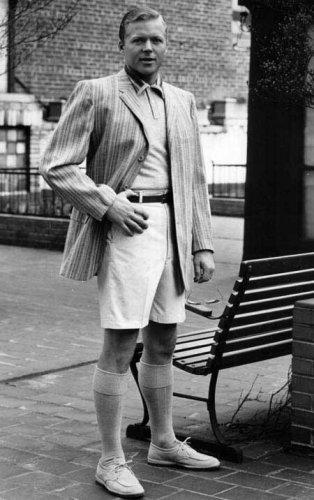So we had to wallpaper our exercise books.
This was a shame because on the back cover they printed the answers to the really hard questions in tests. Lots and lots of tables of Avoirdupois weights and measures. Proper weights and measures in the old money.
When schools went metric they changed the back covers but there wasn’t a lot of point because once you realised that any 100 centisomethings made a whole something it applied across the board. Something even teacher twigged after a few months.
Proper weights and measures, they were more complicated because they applied to the real world, not just counting on your fingers. There was a natural consistency and flow to it. So twenty scruples made an ounce, sixteen ounces a pound, fourteen pounds made a stone, eight stones or one hundred and twelve pounds made a hundredweight and twenty hundredweight made a ton. Simple.
It got a bit confusing sometimes, though. Fancy calling something “a rod, pole or perch!” Which one was it? “Miss, miss, is it a rod, a pole or a perch?” “No, it’s a rod, pole or perch.” Five and a half yards made one rod, pole or perch. Tommy Ecklestone said it must have been a blooming big budgie. (He was demoted from being milk monitor for that.) Four rod, pole or perches made a chain and there were eighty chains to the mile, or eight furlongs if you want, and one hundred and sixty square rod, pole or perches made an acre so it was all dead straightforward.
Then there were cubits… “Miss, miss, what’s a cubit?” “It’s the length of Henry II’s forearm,” she said. We were baffled. Who was Henry II? We knew he wasn’t in our class because he didn’t say “Yes miss” when teacher was calling the register. But we’d know him when we saw him. Because he had four arms.







